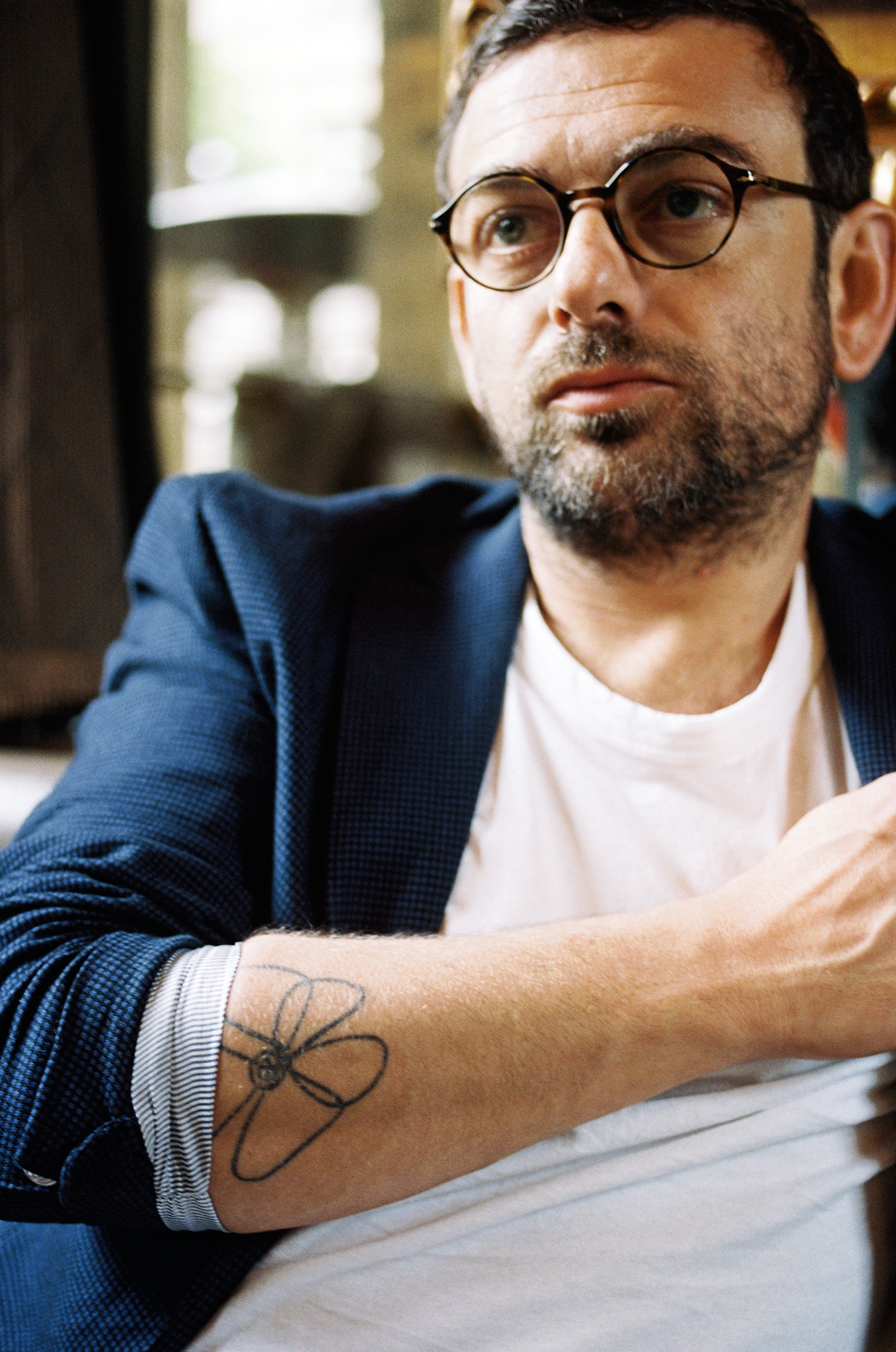Purple Magazine
— F/W 2014 issue 22
Francesco Russo
on following your own rules
interview by OLIVIER ZAHM
portrait at his Paris boutique by GIASCO BERTOLI
OLIVIER ZAHM — You now have your own brand and your own boutique on the Rue de Valois in the center of Paris — very chic!
FRANCESCO RUSSO — It’s a dream that’s coming true. It’s freedom, like an empty highway with no traffic. It makes you feel very light.
OLIVIER ZAHM — What was the idea behind opening your own boutique? FRANCESCO RUSSO — The decision was that I’d start with a store that would be more like an atelier, where I could custom-make shoes. For example, tonight I’m going to have a meeting with a customer, and they’re going to order some of the existing models in new materials. So it’s a sort of combi- nation between atelier and boutique. Having my own store was actually the right condition for…
